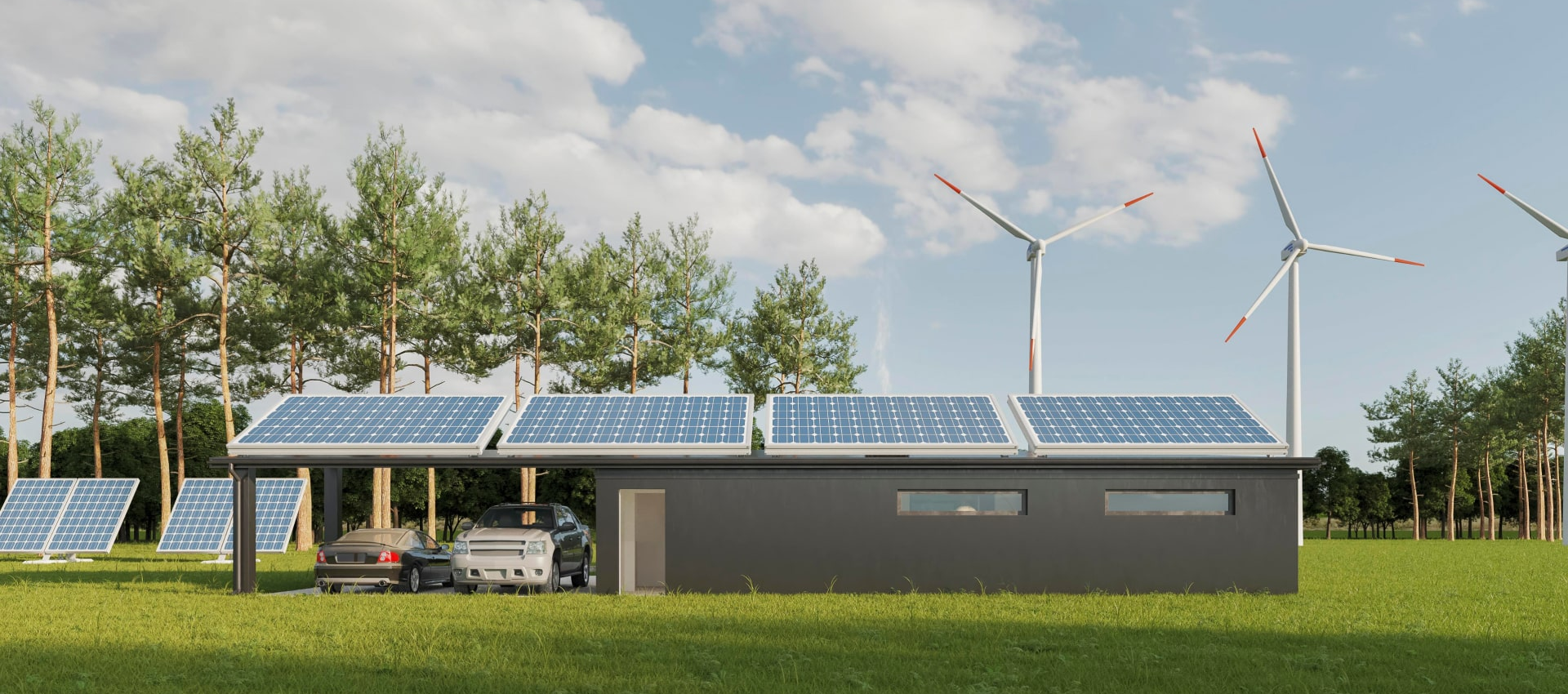
BLOG
Community Solar vs Rooftop Solar - Which one will save you the most money
Wondering if community or rooftop solar is better for your budget? Learn the key differences, cost savings, and energy efficiency of each solar solution.
10 Revolutionary Kinetic Energy Projects in Development Right Now
Kinetic energy is the energy created by movement and it’s one of the most underutilized forms of renewable energy out there
Think about it; what if you could harvest the movement of dancers at a festival? What if we could store the energy given off by volcanoes exploding in Hawaii? What if the waves on a beach could power an ice-cream truck?
With Silicon Valley and other tech hubs hurtling along at break-neck speeds, these wild claims are becoming a reality.
SDG Goals That Boost Your Business and Cost You Next to Nothing
Discover how adopting key Sustainable Development Goals (SDGs) can help your business grow, improve brand value, and cut costs—all with minimal investment.
4 Different Renewable Energy Sources You May Have Not Heard About
Explore 4 lesser-known renewable energy sources that go beyond solar and wind. Discover innovative alternatives like tidal, biomass, geothermal.
How to get Solar power in your condominium or apartment block
Solar for apartments is possible! Explore how your condo or building can benefit from clean energy with community solar or shared rooftop installations.
Renewable Energy can be Expensive: 5 Free Everyday Habits to Reduce your Carbon Footprint
Go green without the cost! Learn 5 simple, zero-cost habits to reduce your carbon footprint and live more sustainably—no solar upgrade needed.
How are Solar Panels Made?
If you want to learn about solar panels, you've come to the right place! But first, let me ask a quick question...
Are you good at science?
No? Yes? Maybe you didn’t quite make it past high-school level?
Either way, you don't need to worry about it! We've distilled the secrets of how solar panels are made into 8 easy-to-understand steps!
Renewable Energy Can Help Solve Poverty
The statistics of poverty are pretty scary.
Around 10% of the world's population lives in extreme poverty. And 13% of our population lives without electricity. Shockingly, 38% of people still rely on traditional biomass (wood, kerosene, and charcoal) for heating and cooking. Over 600 million people in Sub-Saharan Africa live in extreme poverty conditions every single day.
To assist those in poverty, we must first provide them with the infrastructure to move forward. Without access to electricity, homes are dark and dangerous, cooking is done using unsafe and potentially poisonous materials, and basic access to online learning materials is non-existent.
By solving energy poverty, we will create jobs and provide basic access to these poor communities.
Reducing or eliminating poverty is in the financial interest of society. It will bolster the economy while helping world governments achieve their sustainable energy goals.
4 Reasons Why Our Modern Society Needs Renewable Energy
Renewable energy is no longer optional. Learn 4 compelling reasons society must transition now for a cleaner, healthier, and more sustainable world.
How to Get Rid of Your Old Solar Panels Responsibly
Don’t dump your old solar panels—recycle them responsibly. Explore sustainable disposal methods and repurposing tips to reduce environmental impact.
5 Awesome Ways to Use Solar Panels in Your Everyday Life
Solar energy is more versatile than you think. Discover 5 practical and awesome ways to use solar panels in your daily routine—and start saving energy today.
Batteries and Solar Panels: Basics 101
Did you know that a plane has flown around the world without using a drop of fuel?
How?
Solar panels and batteries, that’s how!
Battery technology has been advancing at a rapid rate. If you want to use electricity while the sun isn't shining, you'll need a battery to store excess energy produced during the day.
To get energy from your solar panels to your batteries to your house you need to set up a basic solar power system. Your solar panels will be connected to a regulator. That regulator both sends DC electricity to your house and to your batteries. The batteries can then send power to DC appliance and will need to be connected to an inverter to send power to AC appliances
At first, it sounds a little complicated, but once you break it down, it's not so tricky. Here’s why behind the system.













